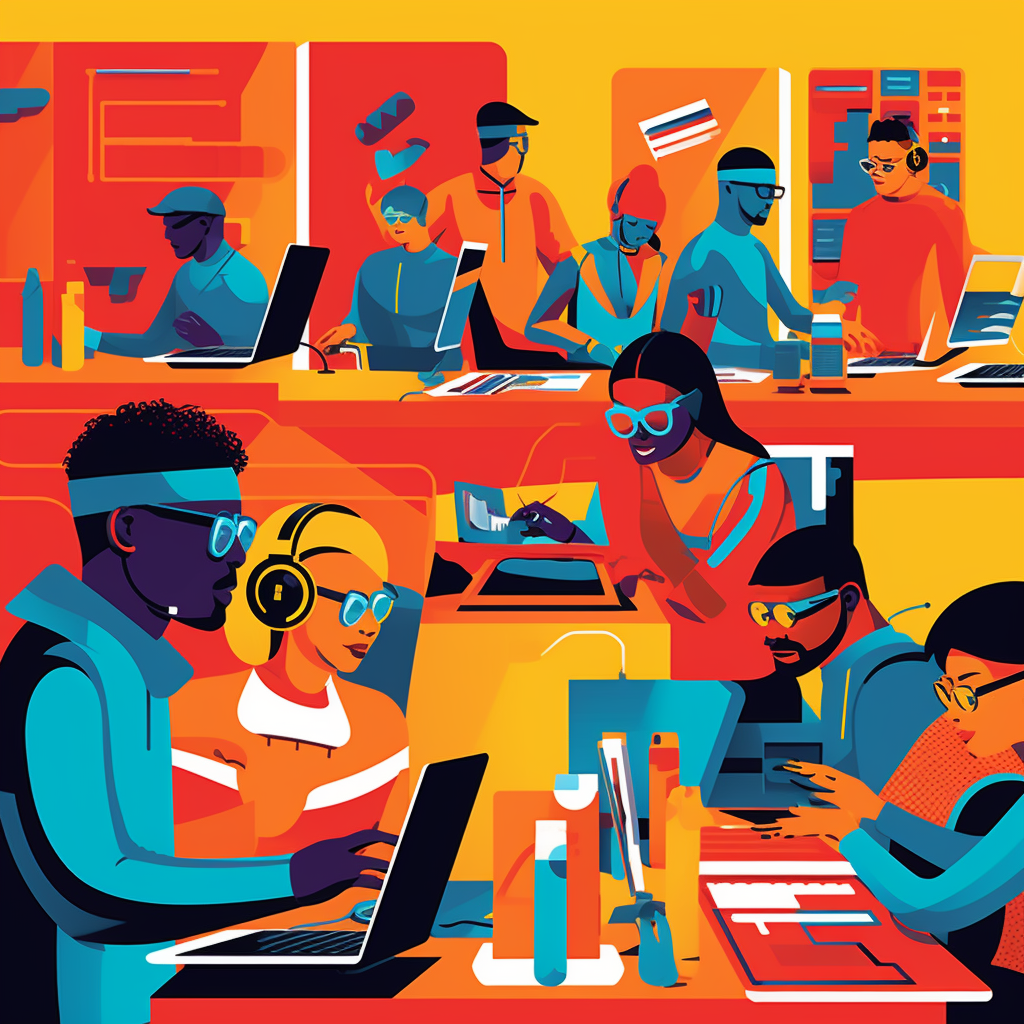Innovative Assistive Devices: Revolutionizing the Return to Work for People with Disabilities
Harnessing Cutting-Edge Technology to Empower the Workforce and Promote Inclusivity
The world of assistive technology is continually evolving, and recent advancements have opened new doors for individuals with disabilities to return to work or enter the workforce for the first time. With a focus on accessibility, usability, and independence, these innovative devices are breaking down barriers and creating inclusive work environments for people of all abilities. In this blog post, we'll explore some of the latest assistive devices that are transforming the way people with disabilities work and contribute to their respective industries.
Voice recognition software: Speech-to-text applications have come a long way in recent years, offering enhanced accuracy and responsiveness. This technology enables individuals with mobility impairments or those who struggle with typing to communicate and complete tasks more efficiently.
Wearable devices: From smartwatches that offer vibration alerts for the hearing impaired to exoskeletons that provide physical support for individuals with mobility challenges, wearable technology is making the workplace more accessible for people with various disabilities.
Augmented reality (AR) glasses: AR glasses can assist individuals with vision impairments by magnifying text, identifying obstacles, and providing audio descriptions of their surroundings. This cutting-edge technology helps people with visual impairments navigate their work environment with greater ease and confidence.
Customizable ergonomic equipment: Ergonomic chairs, desks, and keyboards can be adjusted to accommodate the unique needs of individuals with disabilities. These adaptive tools promote comfort, reduce strain, and enhance overall productivity in the workplace.
Portable hearing loop systems: These devices transmit sound directly to hearing aids or cochlear implants, allowing individuals with hearing impairments to participate in meetings, presentations, and conversations without struggling to hear or understand speech.
By embracing these innovative assistive devices, employers create a more inclusive and diverse workplace that benefits everyone. As the landscape of assistive technology continues to expand, we can expect even greater advancements that will empower people with disabilities to reach their full potential in the workforce.

